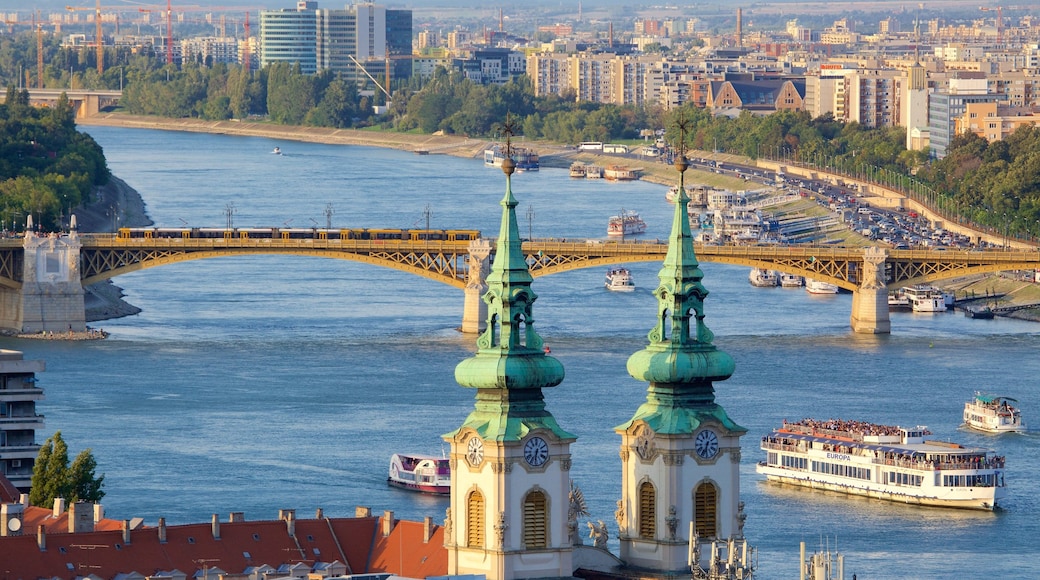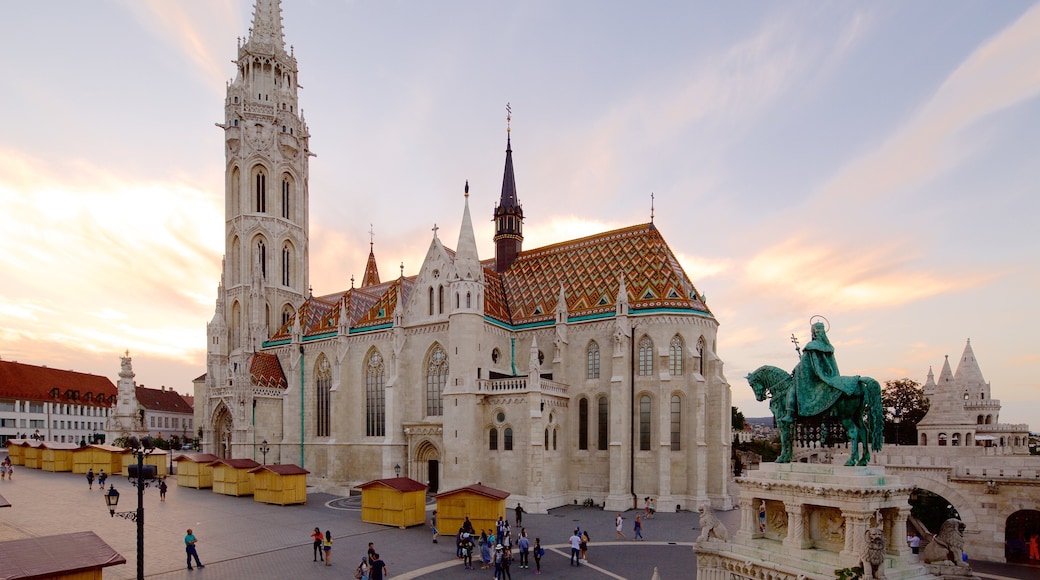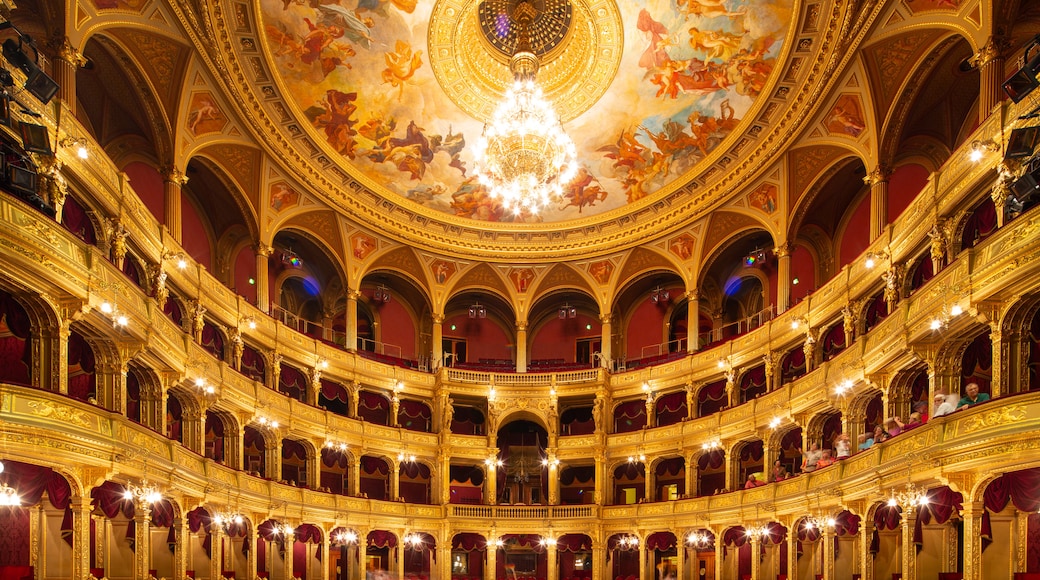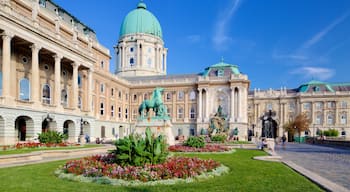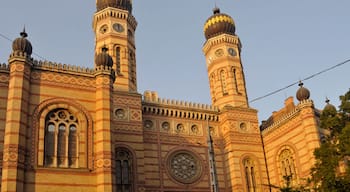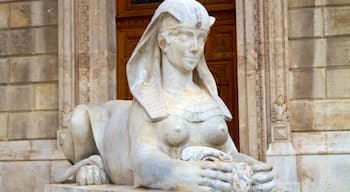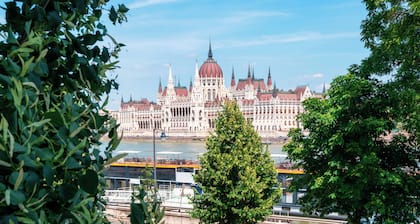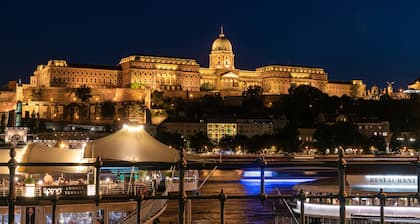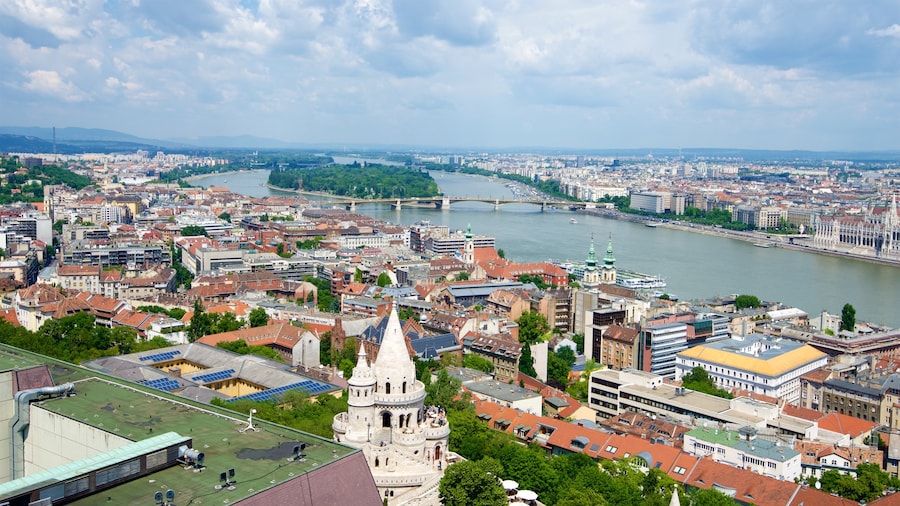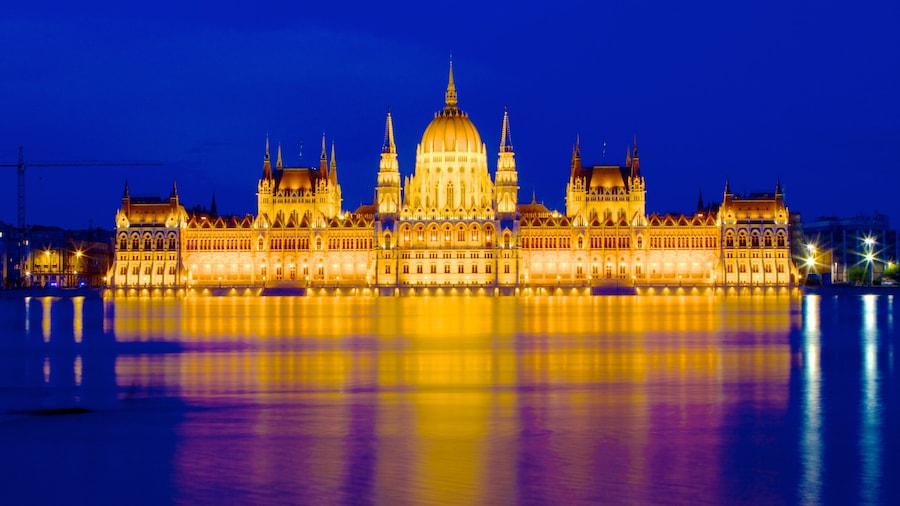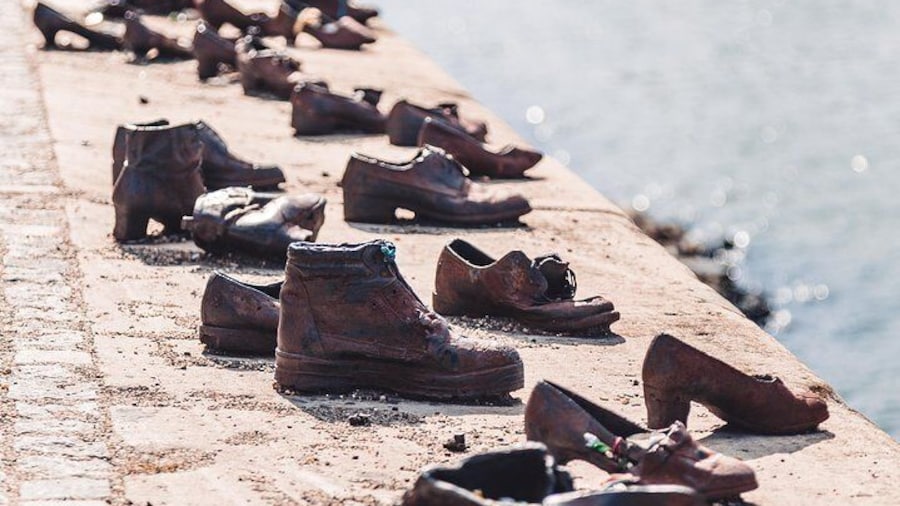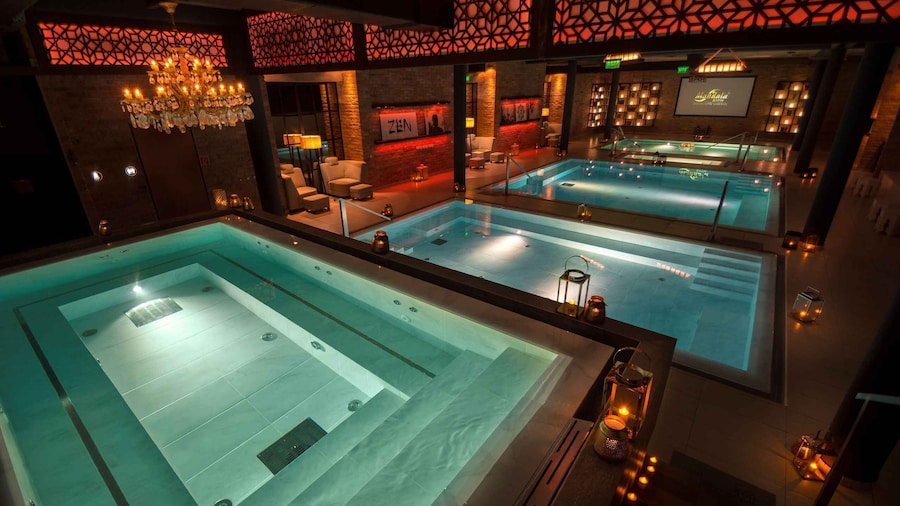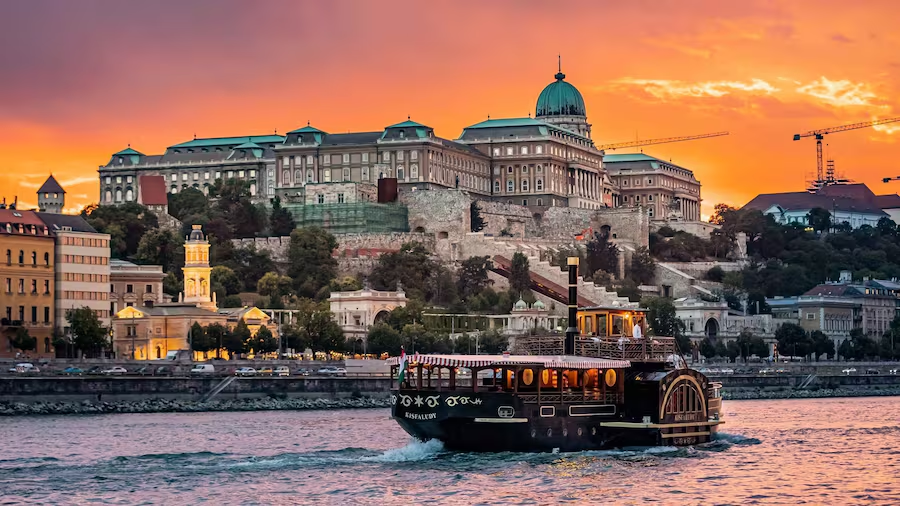The history of the city goes back to Roman times.On the Buda side you can see Aquincum, an excavation of an ancient Romangarrison in the Óbuda district, just north of the city centre. The district ofBuda Castle is situated in the heart of the city and there you will find thecolorful Matthias Church (Mátyás-templom). The BudaCastle (Budai var) itself sits high on a hill in the west and whenlit up at night, it is the most recognizable part of the Budapestskyline.
A few minutes away on Gellert Hill is anotherimposing building, the Citadella: a fortress that has seen a lot of struggleover the centuries. Also on Gellert Hill you will find the Statue of Liberty(Szabadság szobor), which was established there to celebrate the liberationfrom the Nazis during World War II.
Explore the interesting attractions near the CityPark (Varosliget) on the eastern side of the area. In Heroes' Square (HosokTere), the founders and defenders of the city throughout are honored. In thisneighbourhood you'll also find the Museum of Fine Arts (Szépmüvészeti Múzeum),and a lake alongside the park's romantic Vajdahunyad Castle (Vajdahunyad vara).
Also on the Pest side you will find interestingcultural attractions, such as the Hungarian National Museum (Magyar NemzetiMúzeum), National Theatre (Nemzeti Színház) and the Hungarian State Opera House(Magyar Allami Operahaz). Budapest has birthed andbeen called home by a great number of famous artists, writers and composers.
Budapest is a citywhere you can get anywhere easily by foot or car. The western Buda is hilly,and the eastern Pest is flat. The city also has a great public transportnetwork, so shouldn’t be hard to traverse. The subway system, one of the oldestin Europe, is more than 100 years old and is still in operation. There are alsonumerous bus tours as well as cruises on the Danube and you can even rent aSegway.
